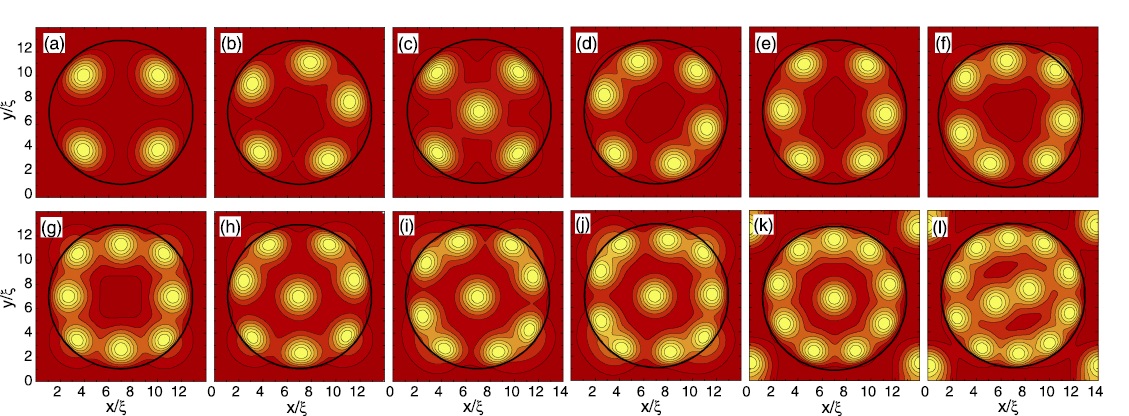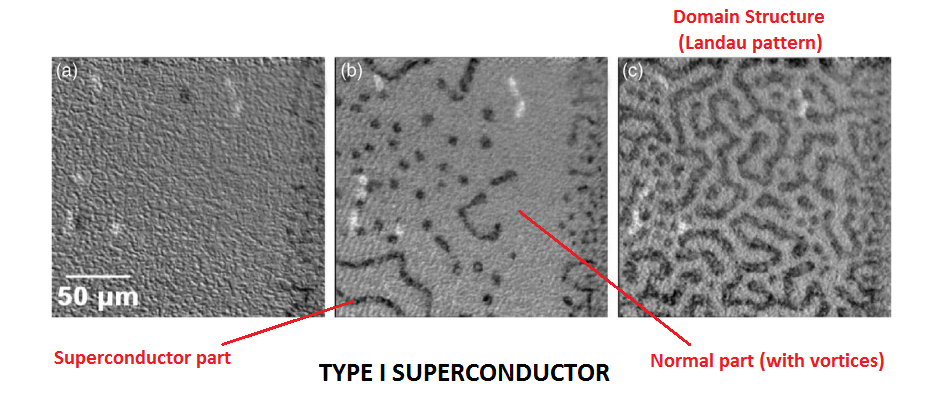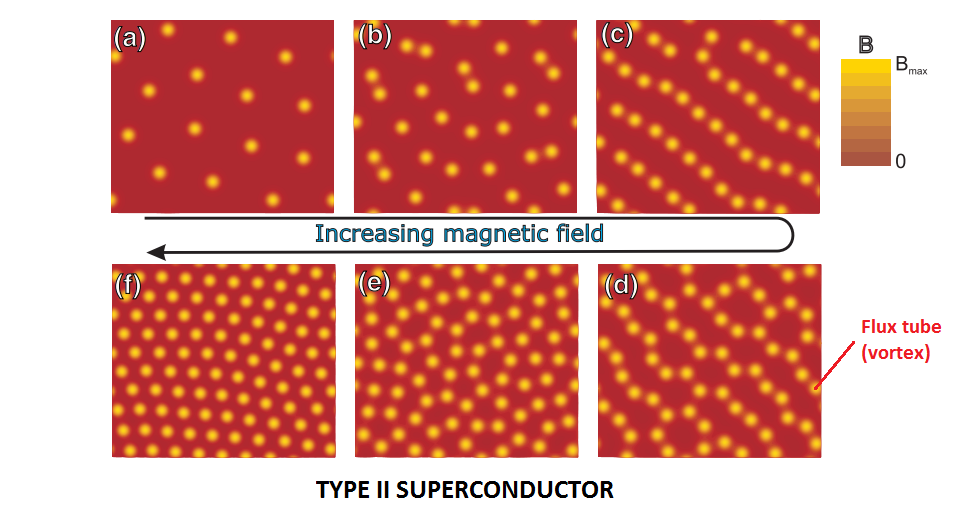Can topological defects form another bigger defect? In the 2D XY model, vortex with opposite charge can bind together, but the resulted structure has trivial topology, so it's not a new topological defects. However, by applying a magnetic field perpendicular to a thin slab of superconductor, vortices (flux tubes) can appear and these topological defects can be bind together - different than in the 2D XY model, since many small vortices attract others and together (can be hundreds or even more) they can form a bigger vortices structure. These big defects are often called bubbles, and since they are formed by many vortices, they are also composite objects.

In type I and type II superconductor, the collective behavior of vortices are different due to the attraction between vortices. Type I tends to give a domain structure with superconductor part (magnetic impenetrable) and normal part (tubes for magnetic flux) while type II has vortices run free (these vortices aren't binding):

